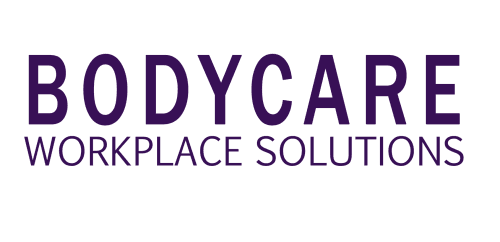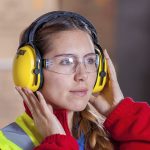Fact Sheet: Workplace Vision Screening

Our vision relies on the effective function of the eyes and the messages transmitted to the brain.
How the eye works – Light passes through the front of the eye to the lens. This action help to focus the light rays onto the back of the eye. (The iris and pupil control how much light is let through to the back of the eye). Light is converted to electrochemical impulses at the back of the eye which are transferred along the optic nerve and then to the brain. Any disruption to this process can lead to a visual acuity deficit.
In the event that the eyes are not able to focus adequately, corrective devices may be required in the form of glasses, contact lenses, and artificial lenses.
Workplace Vision Screening
There is currently no legislative requirement for visual screening in occupational health however certain roles requiring visual acuity to be at specific levels, will need baseline screening and ongoing surveillance. Identifying a visual deficit, gives the worker an opportunity to get corrective devices appropriate for their employment.
- Distance Vision Screening – is performed at a distance of 3M using a Snellen 3M vision chart. Screening is performed using the right eye, left eye individually and then using both eyes. Initial screen will be conducted uncorrected and then if corrective lenses are required, a corrected vision screen will be conducted.
- Near Vision Screening – is performed at a distance of 40cm using a Hanks Near Point Vision chart. Screening is performed using the right eye, left eye individually and then using both eyes. Initial screen will be conducted uncorrected and then if corrective lenses are required, a corrected vision screen will be conducted.
- Colour Vision Screening – is performed using Ishihara Colour Plates. Screening is performed using both eyes.
Resources
- GP
- Optometrist/Opthalmologist
To learn more about Bodycare’s Vision Screening and Health Surveillance services, contact our friendly team today.


